
Banksy, the enigmatic street artist and political activist, has captivated the attention of people worldwide with his bold and thought-provoking artwork. Despite his immense popularity, Banksy’s identity remains a closely guarded secret, adding an air of mystery to his already intriguing persona.
Known for his satirical and often controversial pieces, Banksy’s art takes on social, political, and environmental issues in a unique and powerful way. With his distinctive stencil technique and clever imagery, he challenges the status quo and prompts viewers to question the world around them.
Banksy’s work can be found on the walls of cities across the globe, from London to New York, and beyond. His art often appears overnight, transforming ordinary urban landscapes into captivating and thought-provoking spaces. The anonymity that shrouds Banksy allows his art to speak for itself, uninfluenced by his personal identity or fame.
While many street artists strive for recognition and fame, Banksy actively avoids it. His refusal to show his face and maintain a low profile emphasizes his dedication to the art itself and the issues it represents. Banksy’s anonymity adds a layer of mystique to his work, enhancing its impact and leaving viewers hungry for more.
The Power of Street Art
One of the reasons why street art is so powerful is its accessibility. Unlike art displayed in museums or galleries, street art is available to everyone, regardless of their socioeconomic status or background. It has the potential to reach a wide audience, generating awareness and sparking conversations among people who may not otherwise engage with art. Street art also has the ability to break down barriers and bring people together, creating a sense of community and shared experience.
The Impact on Urban Environments
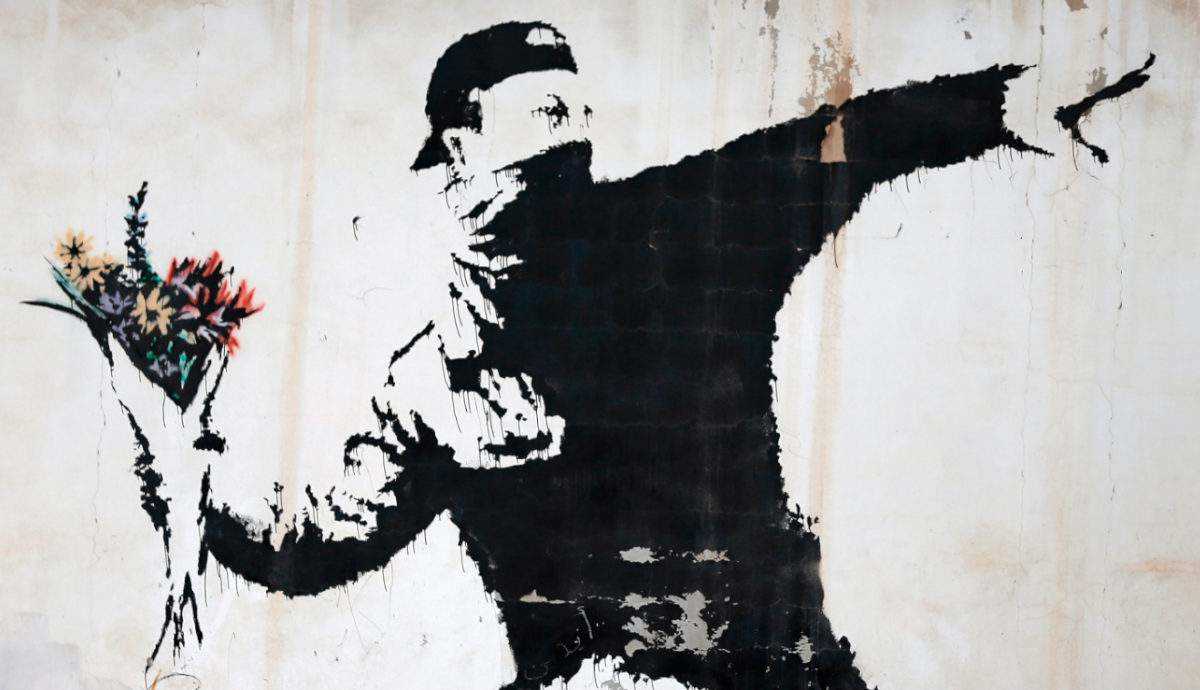
Street art can transform neglected urban areas into vibrant, dynamic spaces. It has the power to breathe new life into dull buildings and walls, injecting color and creativity into the urban landscape. By reclaiming public spaces and turning them into art galleries, street artists can challenge the traditional notions of what art should be and where it should be displayed.
Moreover, street art can address social issues specific to certain neighborhoods or cities. It can shed light on local problems, amplify marginalized voices, and inspire action. By using their art as a form of activism, street artists can advocate for change, galvanize communities, and push for social justice.
The Anonymous Nature
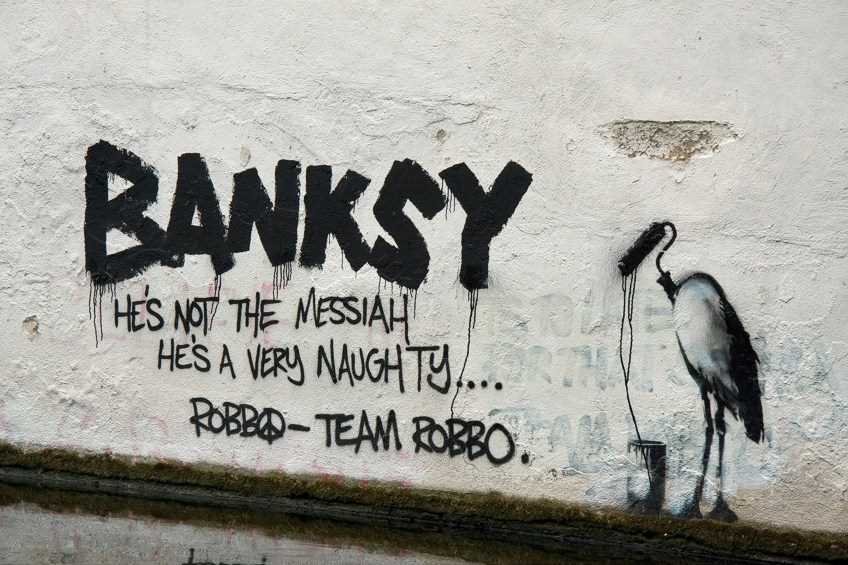
The anonymity of many street artists, including Banksy, adds to the power of their work. By remaining anonymous, they can avoid personal recognition and focus solely on their art and the messages they want to convey. This anonymity also protects them from potential legal repercussions, allowing them to express their opinions freely without fear.
Overall, street art has the power to generate conversation, challenge the status quo, and create change. It serves as a visual voice for the marginalized and the oppressed, giving them a platform to express their experiences and perspectives. Through its accessibility, impact on urban environments, and anonymous nature, street art continues to inspire and provoke thought in communities worldwide.
Exploring the Impact of Graffiti and Stencil Art
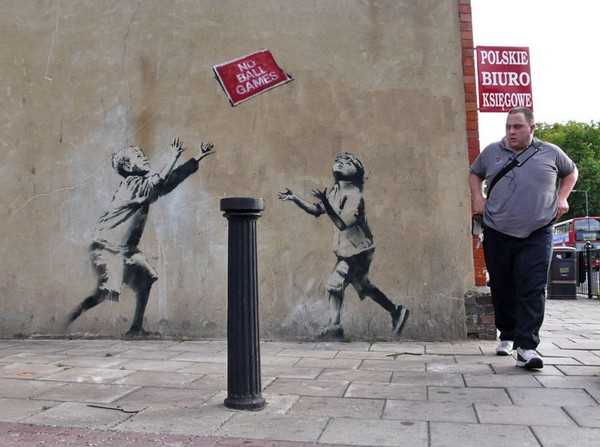
Graffiti and stencil art have had a significant impact on contemporary art and culture. These art forms, often associated with urban environments and counterculture movements, have gained recognition for their ability to engage and challenge viewers.
Artistic Expression

Graffiti and stencil art provide a platform for individuals to express their creativity and convey messages in a visually striking and public manner. Artists use these forms to make statements about social, political, and environmental issues, often pushing boundaries and provoking thought.
Through the use of bold colors, distinctive styles, and powerful imagery, graffiti and stencil art can capture attention and evoke emotions. This type of artistic expression allows individuals to reclaim public spaces and challenge the status quo.
Community Engagement

Graffiti and stencil art have the power to engage and unite communities. Through public art projects and mural collaborations, these art forms create opportunities for community members to participate and contribute to the cultural landscape of their neighborhoods.
By transforming blank walls and urban spaces into vibrant canvases, graffiti and stencil art foster a sense of pride and ownership within communities. They can spark conversations, build connections, and give marginalized voices a platform to be heard.
Furthermore, the accessibility and visibility of graffiti and stencil art make them effective tools for awareness and activism. Artists can use their work to raise awareness about important issues, such as inequality, climate change, and human rights.
Banksy’s Unique Style

Banksy’s artwork is instantly recognizable due to his distinctive style and subject matter. He combines stenciling techniques with bold and thought-provoking imagery to create powerful and impactful artworks.
One of Banksy’s signature techniques is the use of stencils, which allows him to quickly create detailed and intricate designs. This technique also allows him to work quickly and anonymously, as he can spray paint his stencils onto walls and surfaces in a matter of minutes.
In addition to stenciling, Banksy’s artwork often features dark humor and satirical social commentary. His works often address political and social issues such as war, consumerism, and government surveillance, challenging viewers to question societal norms and the status quo.
Banksy’s artwork is also characterized by its location and context. He often creates works in public spaces, such as walls and buildings, which adds an element of surprise and subversion. By placing his art in unexpected locations, Banksy forces viewers to confront his messages in their everyday lives.
| Key Elements of Banksy’s Style |
|---|
| Stencil techniques |
| Dark humor and social satire |
| Political and social commentary |
| Public placement and subversion |
Unveiling the Artistic Techniques and Themes

Banksy’s works often utilize a combination of stenciling and graffiti techniques, allowing him to create detailed and intricate images quickly and under the cover of darkness. By using stencils, Banksy is able to reproduce his artwork across multiple locations, amplifying its impact and ensuring that it reaches a wider audience.
One of the recurring themes in Banksy’s work is the exploration of political and social issues. His art often serves as a commentary on topics such as capitalism, consumerism, war, and government surveillance. Through his thought-provoking imagery and clever juxtapositions, Banksy encourages viewers to question the status quo and to think critically about the world around them.
The Power of Satire
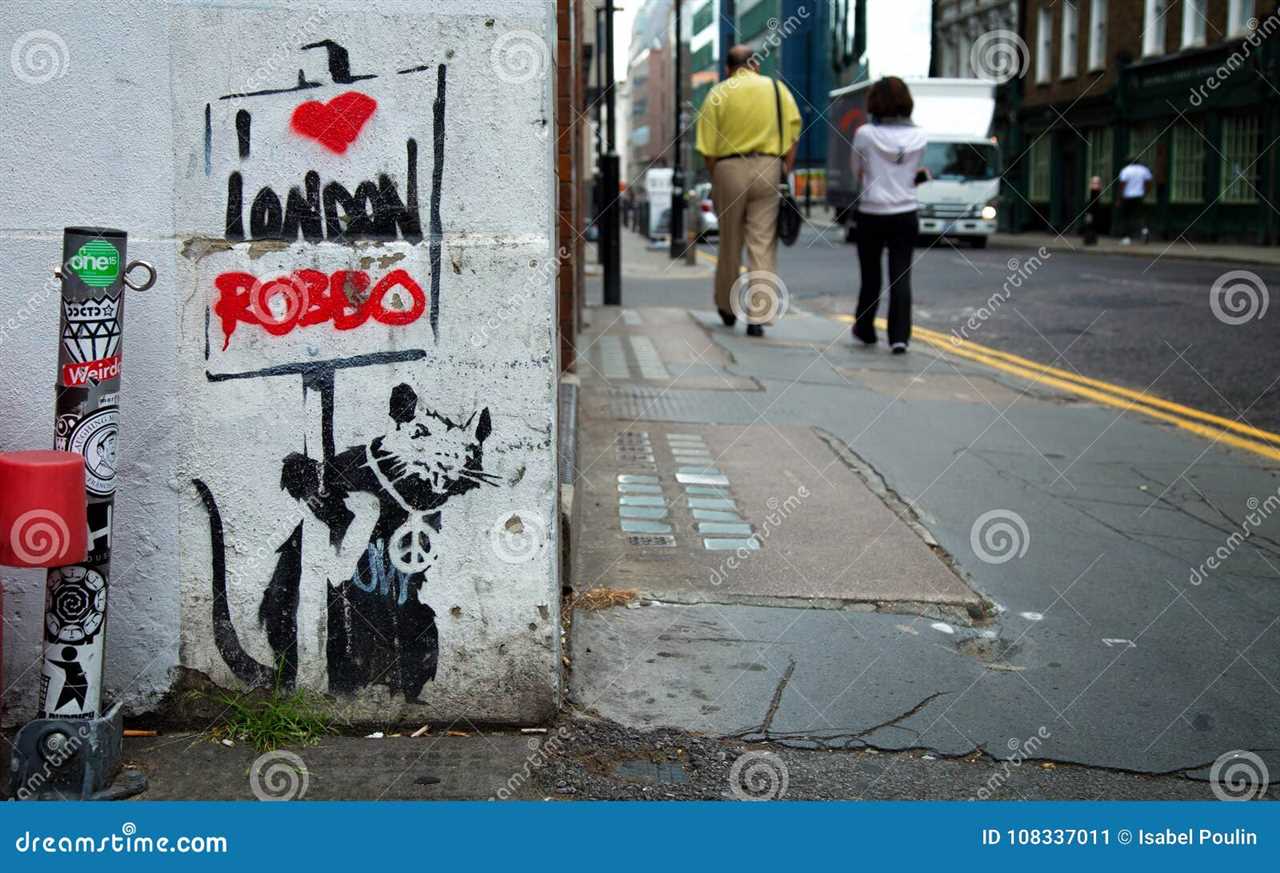
Banksy’s use of satire is a prominent feature in many of his pieces. By employing humor and irony, he challenges societal norms and exposes the absurdities of contemporary culture. Whether it’s a painting of a rioter throwing a bouquet of flowers or a child painting the words “I want to be like Banksy” on a wall, his satirical approach creates a dialogue that provokes both laughter and reflection.
A Daring and Mystical Persona
Banksy’s anonymous persona adds an air of mystery and intrigue to his art. By remaining anonymous, he avoids personal fame and allows his work to speak for itself. This anonymity also serves to highlight the transient and temporary nature of street art, which can be easily removed or painted over. Despite being shrouded in secrecy, Banksy’s impact and influence as an artist are undeniable.
Social Activism and Subversive Messages
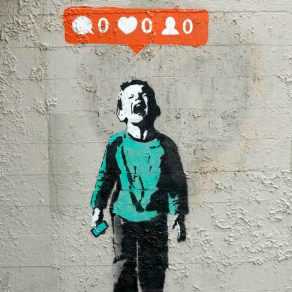
Beyond his artistic talents, Banksy is also known for his activism and the subversive messages he conveys through his art. Whether it’s his famous street pieces, like “Napalm” or “Girl with a Balloon,” or his installations that tackle issues such as immigration or police brutality, Banksy uses his art as a platform for social change. His works often spark conversations and debates, urging viewers to question the existing power structures and to fight for a fairer, more compassionate world.
Banksy’s Controversial Works

Banksy is known for creating controversial and thought-provoking artworks that often challenge societal norms and call attention to pressing social and political issues. Here are some of his most famous and controversial works:
- “Girl with a Balloon”: This iconic artwork shows a young girl reaching out for a heart-shaped balloon. The message behind this piece is open to interpretation, but many see it as a commentary on the fleeting nature of love and the hope and loss associated with it.
- “Dismaland”: Banksy created a dystopian theme park called Dismaland in Weston-super-Mare, England. This unconventional art installation showcased a dismal and satirical take on a traditional amusement park. It tackled issues such as consumerism, immigration, and environmental destruction.
- “The Kissing Coppers”: This artwork features two police officers embracing in a passionate kiss. It was painted on the side of a pub in Brighton, England, and has sparked debates about homosexuality and the role of law enforcement in society.
- “Slave Labour”: Banksy’s mural depicting a young boy sewing Union Jack flags was controversially removed from a wall in London and then auctioned off. The artwork shed light on the issue of child labor and criticized the exploitation of workers.
- “Love is in the Bin”: This artwork, originally titled “Girl with a Balloon,” made headlines when it partially self-destructed after being sold for over a million dollars at auction. Banksy revealed that he had secretly built a shredder into the frame of the artwork, highlighting the commercialization of art and questioning its value.
These controversial works by Banksy have not only sparked conversations and debates but have also challenged the art world and its conventions. They serve as powerful tools for social commentary and provoke viewers to question the status quo.
Examining the Social and Political Commentaries
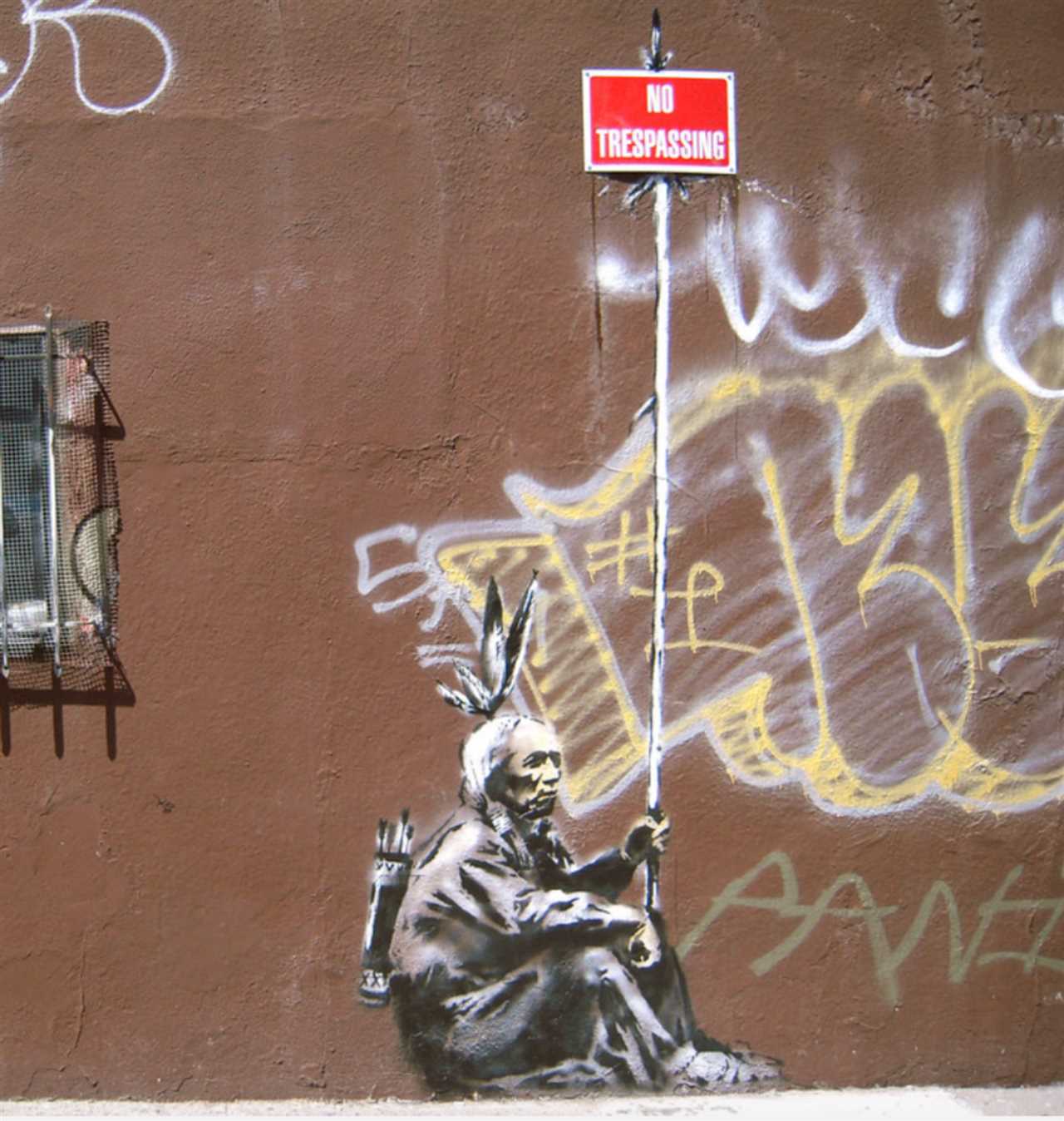
Banksy’s art is famous for its thought-provoking social and political commentaries. Through his stenciled street art, Banksy addresses a variety of societal issues, including capitalism, consumerism, war, poverty, and government surveillance.
One of Banksy’s most iconic works is “Girl with a Balloon,” which depicts a young girl reaching for a red heart-shaped balloon. This image has been interpreted as a symbol of innocence, love, and hope, but also as a commentary on the fleeting nature of happiness and the loss of childlike wonder in a consumer-driven society.
Another notable artwork is “Napalm,” which shows a terrified girl running from a napalm attack during the Vietnam War. This piece serves as a reminder of the horrors of war and the lasting impact it has on innocent lives. It also serves as a critique of governments and their decisions to engage in armed conflict.
Banksy’s art often incorporates dark humor and satire to make his social and political commentaries even more impactful. For example, in the piece titled “Laugh Now,” a monkey wearing a sandwich board that reads “Laugh now, but one day we’ll be in charge” is depicted. This piece tackles themes of power dynamics, authority, and societal hierarchies.
Through his art, Banksy aims to provoke thought and inspire conversations about important societal issues. His works have sparked discussions about capitalism, inequality, war, and the power structures within society. By bringing these topics to the forefront, Banksy encourages viewers to question, challenge, and actively engage with the world around them.
| Artwork | Social and Political Commentary |
|---|---|
| “Girl with a Balloon” | Commentary on consumerism and the fleeting nature of happiness |
| “Napalm” | Reminder of the horrors of war and critique of government decisions |
| “Laugh Now” | Satirical exploration of power dynamics and societal hierarchies |
Banksy’s Influence on the Art Scene

Banksy, the elusive and anonymous street artist, has made a significant impact on the art scene throughout the world. Through his politically charged and thought-provoking artwork, Banksy has revolutionized the way society views and interacts with art.
One of Banksy’s most notable contributions to the art scene is his ability to create powerful messages through simple imagery. His iconic stencils, often featuring rats, children, and police officers, carry deep meanings and convey social commentary. By using familiar and easily recognizable imagery, Banksy is able to communicate complex ideas in a way that resonates with a wide audience.
Banksy’s influence can be seen not only in the streets, but also in galleries and museums. His artwork has found its way onto the walls of prestigious institutions, blurring the lines between street art and high art. This has challenged traditional notions of what constitutes “legitimate” artwork and has sparked debates about the value and accessibility of art.
In addition to his artistic impact, Banksy has also inspired a new generation of artists to use their work as a form of activism. His fearless approach to addressing social and political issues through art has encouraged others to do the same. Banksy has shown that art has the power to create meaningful change and to spark conversations about important issues.
Furthermore, Banksy’s anonymity adds an element of mystery and intrigue to his work, allowing his art to speak for itself. Without the focus on the artist’s identity, the focus is shifted entirely onto the art and the message it conveys. This has allowed Banksy’s work to transcend the art world and reach a wider audience who may not typically engage with art.
Understanding the Legacy of the Elusive Artist

Since Banksy burst onto the street art scene in the early 2000s, the elusive artist has left a lasting impact on the art world and beyond. With his thought-provoking and often politically charged works, Banksy has challenged traditional notions of art and brought attention to important social issues.
One of the key aspects of Banksy’s legacy is his anonymity. By remaining anonymous, Banksy has been able to maintain a sense of mystery and intrigue surrounding his work. This anonymity also allows him to avoid the commercialization of his art, which he believes detracts from its message and impact.
Banksy’s art is often characterized by his use of stencils, which enables him to create detailed and intricate designs quickly and efficiently. This technique, combined with his clever and witty concepts, has made his work instantly recognizable and highly influential. Many artists have been inspired by Banksy’s style and ideas, leading to the emergence of a new wave of street art and activism.
Furthermore, Banksy’s focus on social and political issues sets him apart from other artists. His works tackle subjects such as capitalism, consumerism, war, and government surveillance. By using art as a medium, Banksy is able to reach a wide audience and spark conversations about these important topics.
Additionally, Banksy’s art often challenges the notion of public versus private space. By creating his works on public walls and buildings, Banksy blurs the lines between what is considered acceptable and legal in the art world. His graffiti is seen by some as acts of vandalism, while others view them as important expressions of dissent and social commentary.

I am a mural enthusiast and a fervent admirer of street art. Rather than creating murals myself, I am passionate about collecting them. My love for street art knows no bounds. I am dedicated to curating and cherishing these artworks that grace the streets. My collection stands as a testament to my profound appreciation for this form of artistic expression.
read about me



